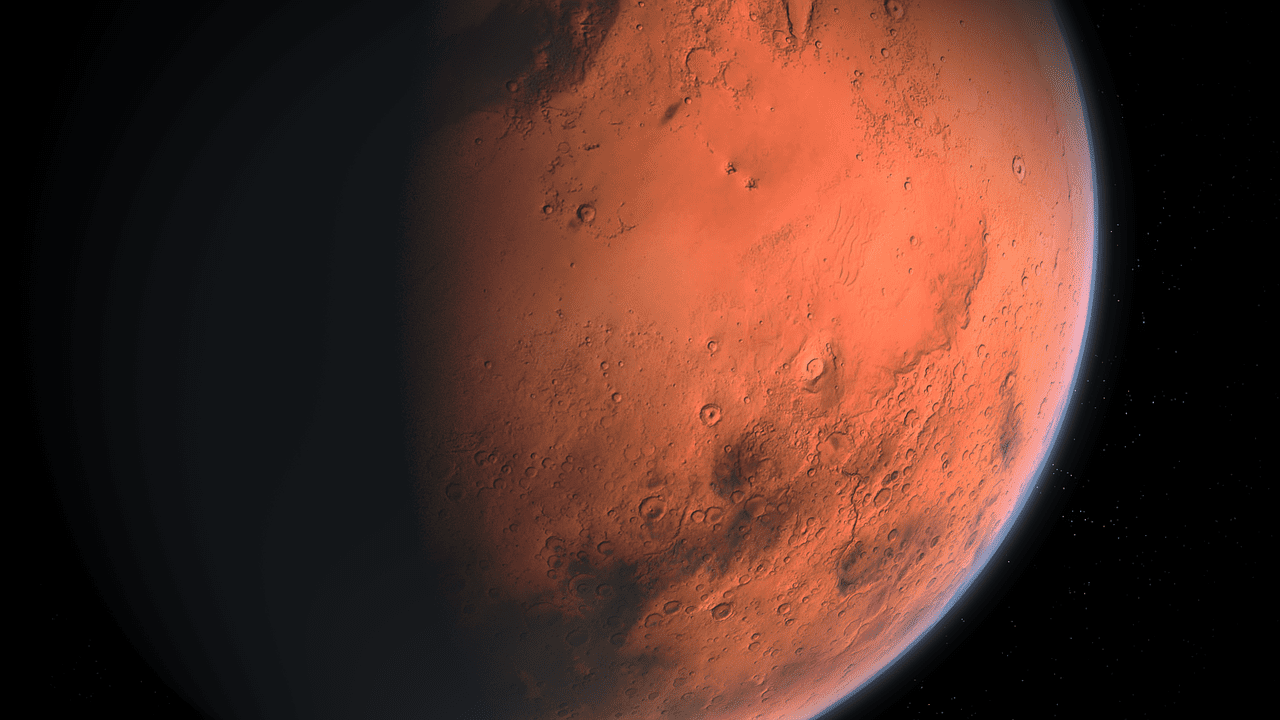Under the Martian surface, in a region known as Cerberus Fossae, researchers from the Australian National University as well as the Chinese Academy of Sciences in Beijing found 47 hitherto undiscovered marsquakes. An investigation has put a spotlight on this and concluded that Marsquakes may be caused by volcanic activity under the martian surface.
Cerberus Fossae is an area on Mars that is about 20 million yrs old. On Mars, it has been confirmed to be the very first geologically active zone ever discovered. As igneous magma in the Martian subsurface moves under Cerberus Fossae, scientists believe it is responsible for these 47 recently discovered marsquakes. These recently discovered marsquakes are the result of volcanic flow in the Martian crust.
Because several earthquakes occurred in the same location on Mars, scientists now believe Mars is much more seismically prominent than previously assumed.
In contrast to previous marsquakes discovered and recorded by NASA, which seemed to occur solely in the middle of the night once the globe is calmer, these marsquakes happened regularly during the Martian day. As a result, the 47 newly discovered marsquakes in the Cerberus Fossae area may be attributed to the flow of molten material in the Martian subsurface. What we know about the Martian mantle helps us comprehend how the planet changed throughout time.
If convection does happen in the planet’s core, as our data suggest, then there has to be another process at work that prevents a magnetosphere from forming on Mars.
To put it another way, without the Geomagnetic field, life on Earth would be impossible. As a result, it is crucial for future work to comprehend Mars’ magnetic field and how it developed, as well as at what point in the planet’s history it halted.
The study was published in Nature Communications.













Leave a Reply